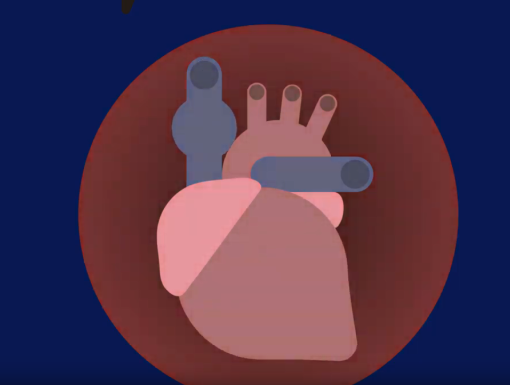
What Do I Need to Know About Liver Transplants?
Every 10 minutes, a new name is added to the national transplant waiting list. Organ transplants are an essential modern medical technique for saving the lives of patients whose organs are failing due to illness or congenital anomaly. Of the roughly 103,000 people who are currently in need of a lifesaving organ transplant, nearly 10,000 are waiting for a new liver.
The liver is one of the most vital organs in the human body, responsible for over 500 essential functions, including detoxification, digestion and metabolism. This hardworking organ processes nutrients, produces proteins and enzymes, stores vitamins and filters harmful substances from the blood. Despite its incredible resilience including its unique ability to regenerate itself, severe damage or disease can lead to liver failure. For some, a liver transplant becomes their only chance for survival. Thankfully, advancements in medicine have made both deceased donor and living liver donation lifesaving options.
Why liver donation matters
Currently, over 103,000 people in the United States are on the national transplant waiting list. Nearly 10,000 of them are waiting for a liver. Each year, thousands of lives are lost because the demand for transplants outweighs the number of donors. A liver transplant provides hope and a chance to restore quality of life for individuals suffering from conditions like:
- Cirrhosis
- Hepatitis (viral or autoimmune)
- Liver cancer
- Acute liver failure
- Genetic and metabolic liver diseases
While the idea of donating an organ may seem overwhelming, anyone can potentially contribute to saving lives by registering as a deceased donor or considering living liver donation.
The basics of liver transplants
When someone experiences liver failure, their damaged or diseased liver is removed and replaced with a healthy liver, either fully or partially. What makes the liver unique is its ability to regenerate. A donated liver, whether from a deceased or living donor, will grow and return to normal size in both the donor and the recipient over time. This regenerative property makes living liver donation a remarkable way to directly help a patient in critical need.
Deceased donor liver transplants
Deceased donor transplants involve using a liver from an individual who has chosen to donate their organs after death. One donated liver can even be split into two portions, potentially saving multiple lives. Factors such as the recipient's blood type, body size, disease severity and overall health determine the process of matching a donor liver to a recipient.
While 90% of Americans say they support organ donation, only 60% are registered. The more people who register as deceased organ donors, the more lives can be saved.
Living liver donation
Living liver donation offers a life-saving alternative, especially for patients who cannot wait for a deceased donor liver. A living donor can donate a portion of their liver, and both the donor’s and recipient’s livers will regenerate within weeks to months. This type of donation not only saves lives but also reduces the strain on the transplant waiting list.
Learn More About Ochsner's Living Donor Liver Program
What is the process of living donation
- Initial evaluation: Potential living donors undergo a comprehensive medical evaluation, including imaging scans, lab work, and physical assessments, to ensure they are a healthy and compatible match. Blood type and body size are critical factors in the matching process.
- Social assessment: Donors are also assessed for their mental and emotional preparedness for the procedure, as living donation requires significant commitment and recovery.
- Surgery: During surgery, a portion of the donor’s liver is carefully removed and transplanted into the recipient. The surgery involves a coordinated team of experts, ensuring the best outcomes.
- Recovery: Recovery for donors typically takes six to eight weeks. Most donors return to daily activities within three months, and their liver regenerates to nearly its original size during this time.
Who can become a living liver donor?
To become a living liver donor, individuals must typically meet the following criteria:
- Be between 18 and 60 years old
- Be in excellent physical and mental health
- Have a body mass index (BMI) within a healthy range
- Be free from uncontrolled medical conditions, such as diabetes, hypertension, or liver disease
Every potential donor undergoes a personalized evaluation, and the health and safety of the donor are always prioritized.
The benefits of liver donation
Both deceased and living liver donation have immense benefits that extend beyond the recipient. Donors have the unique opportunity to save lives and provide hope. For living donors, the experience is often deeply rewarding, as it allows them to directly witness the profound impact of their generosity.
Living donation also offers several advantages for recipients:
- Shorter wait times: Patients can avoid the long wait for a deceased donor.
- Improved outcomes: Recipients of living donor transplants often experience quicker recoveries and better long-term results.
- More lives saved: Donating while living eases the demand on deceased donor organs.
Whether through registering as a deceased organ donor or considering living donation, you can make an extraordinary difference. Becoming a donor is not only a selfless act but also an opportunity to leave a legacy of life and hope for others.

